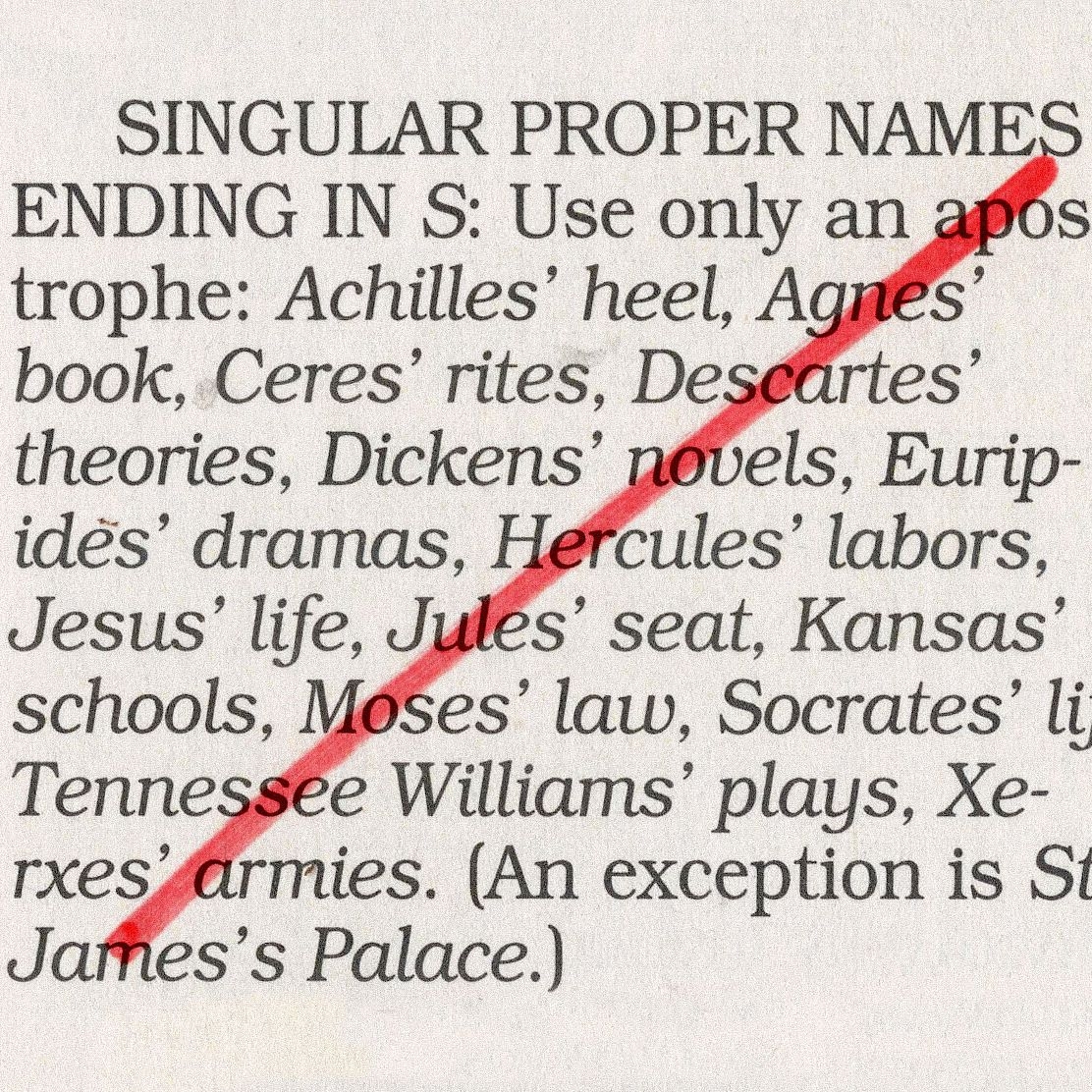When it comes to writing in English, proper punctuation is essential for clear communication. One area that often trips people up is the punctuation of plural possessives. Plural possessives can be tricky, but with a little practice and attention to detail, you can master this important aspect of grammar.
Understanding how to punctuate plural possessives is crucial for ensuring that your writing is both clear and grammatically correct. By following a few simple rules, you can easily navigate the world of plural possessives and avoid common pitfalls.
Punctuation Rules for Plural Possessives
When forming the possessive of a plural noun, you generally add an apostrophe followed by an “s.” For example, if you have a group of students and you want to indicate that the books belong to them, you would write “the students’ books.” This shows that the books belong to more than one student.
However, if the plural noun already ends in “s,” you simply add an apostrophe after the “s” to indicate possession. For instance, if you are talking about a group of teachers and you want to show that their classroom is well-equipped, you would write “the teachers’ classroom.” This lets the reader know that the classroom belongs to multiple teachers.
It’s important to remember that apostrophes are not used to form plural nouns. For example, if you are talking about a group of cats, you would simply write “the cats” without adding an apostrophe. Apostrophes are only used to indicate possession, not plurality.
When in doubt, remember that clarity is key. If your writing is confusing or unclear, it’s a good idea to review the rules for plural possessives and make any necessary corrections. By paying attention to detail and following these simple guidelines, you can ensure that your writing is both polished and professional.
In conclusion, mastering the punctuation of plural possessives is an important skill for any writer. By following the rules outlined above and practicing regularly, you can improve your grammar and enhance the clarity of your writing. So next time you’re unsure about how to punctuate a plural possessive, remember these guidelines and write with confidence.
